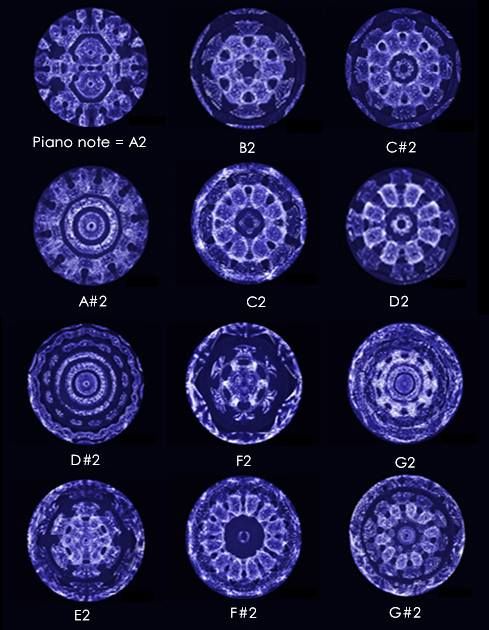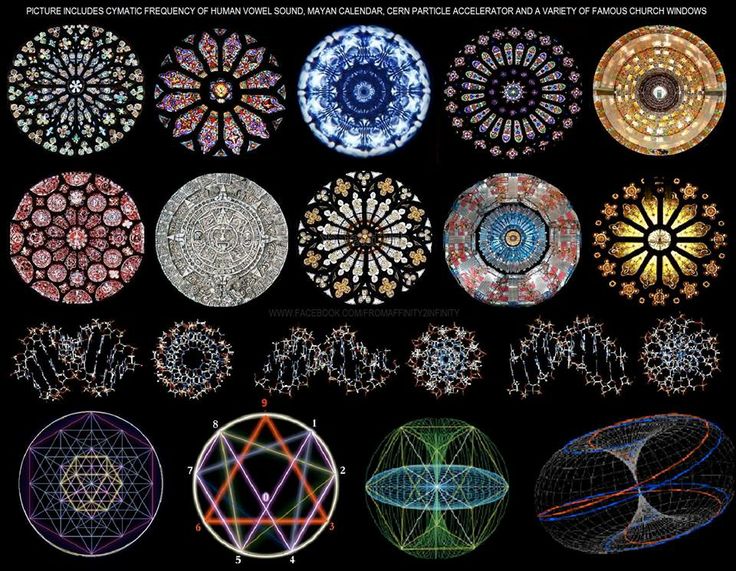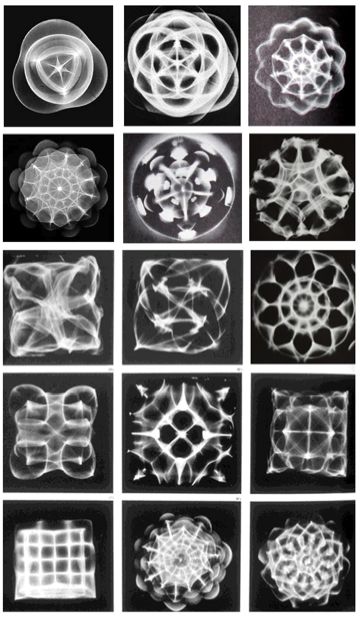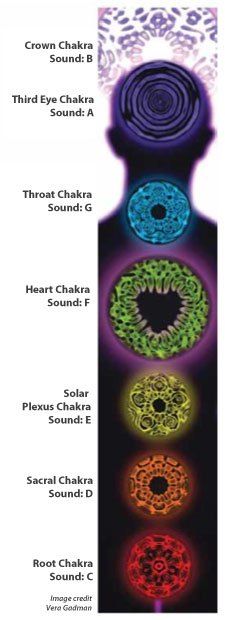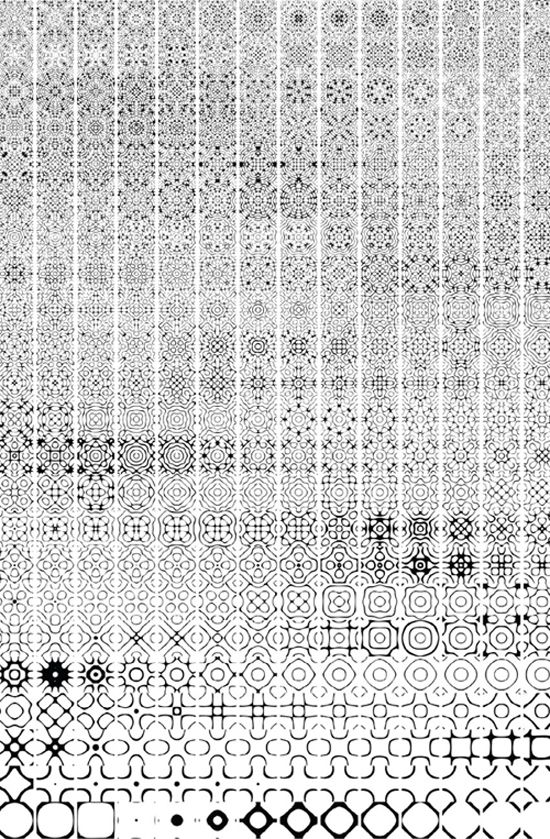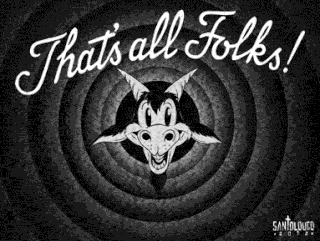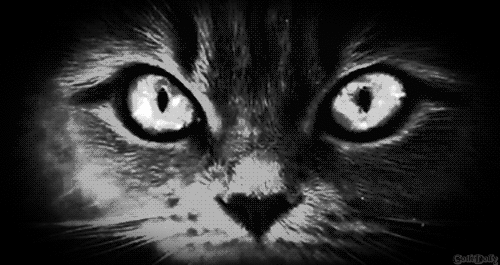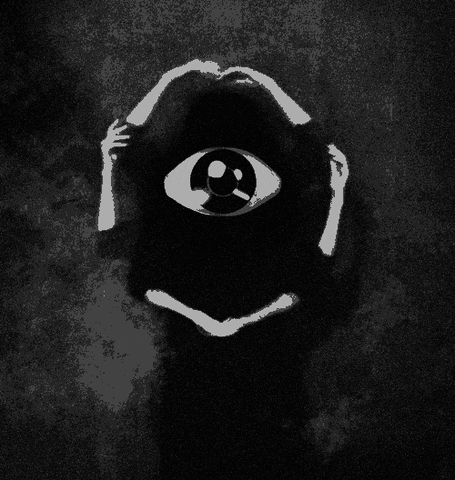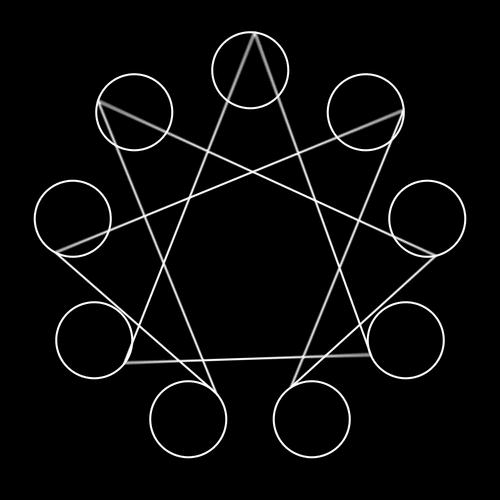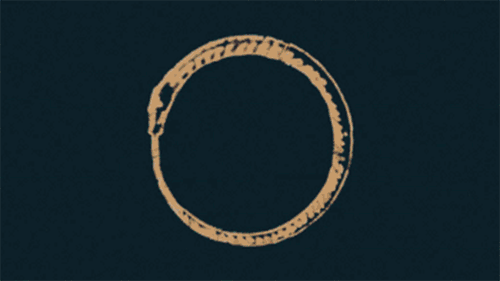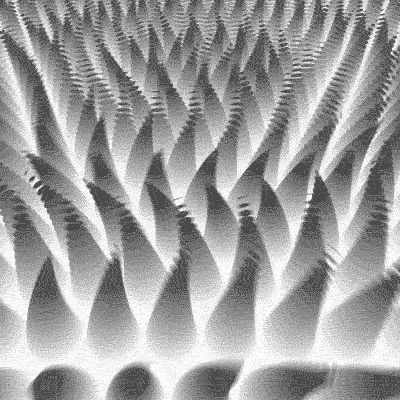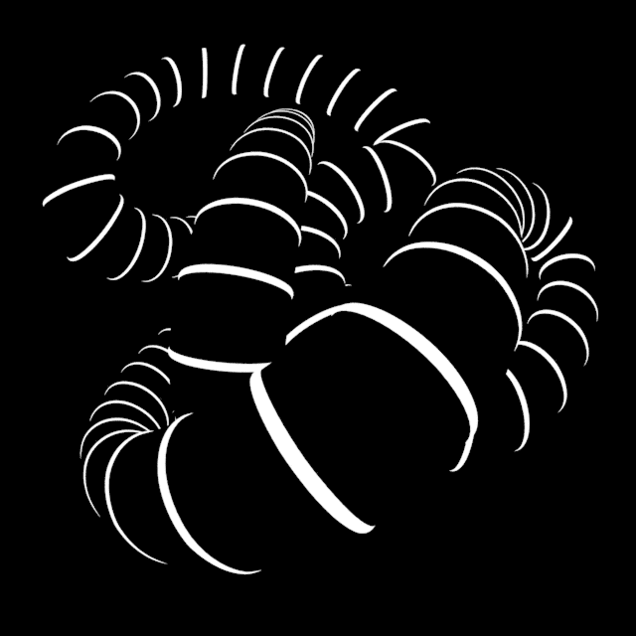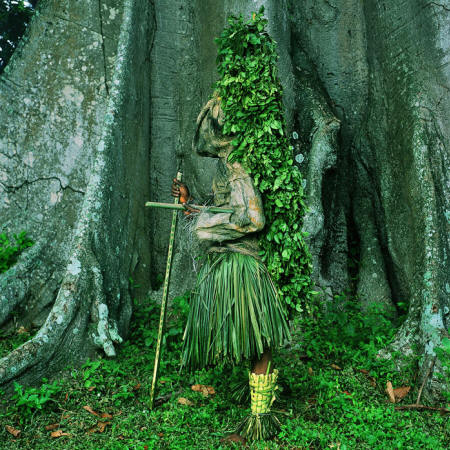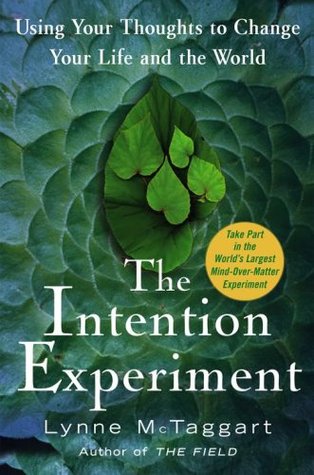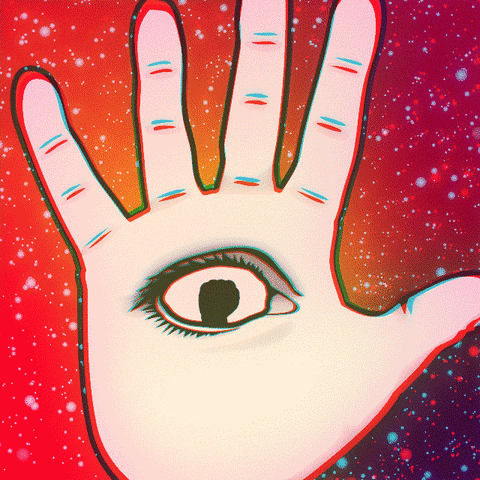Skarekrow
~~DEVIL~~
- MBTI
- Ni-INFJ-A
- Enneagram
- Warlock
I have been thinking a lot about the connections between UFOs or more specifically “aliens” and the paranormal...as there are many similarities that carry over from one to the other.
Is this just a coincidence?
Or is there more to it...maybe they both utilize the same dimensional space?
Or perhaps it’s in the perception of the witness when it’s viewed in the physical sense?
Budd Hopkins was there to talk about aliens and I was there to talk about ghosts.
It was the 2003 West Virginia Paranormal Conference in Parkersburg, and we were so intrigued by what the other had to say that we found a quiet corner to talk.
The prominent alien-abduction researcher brought an album full of photos illustrating bruises, scoop marks and other physical traces on the bodies of what he believed were abductees.
“Budd, these marks are exactly what I’ve seen in many poltergeist* cases!” I stated.
We talked about doing some collaborative research, but Hopkins was overtaken by his tragic illness before we could begin.
The questions, however, remain.
Are there connections between seemingly unrelated phenomena within the broader paranormal realm?
Do the labels we place on paranormal experiences and entities depend on the context in which we experience them?
Is there a single “tree” of which all paranormal phenomena are “branches”?
More specifically, why do so many ghost and poltergeist cases – once one thinks to look beyond a single home or family – sometimes involve large areas, many homes and many people?
Why do so many – again, if one thinks to look – turn into UFO cases that often enough involve “grays” and crypts?
Perhaps most importantly: Why does the military seem to take an interest in such areas?
Or is it all just coincidence?
To even ask these questions, never mind answer them, one must somehow get past the mob of assumptions that derive from the modern epistemological paradigm, and which I feel stand squarely in the way of progress in paranormal understanding.
Among these virtually unquestioned assumptions:
● UFOs are nuts-and-bolts craft from other planets.
● Being “advanced” means having more and better technology, as opposed to being advanced morally or spiritually.
● There’s a material world and a spirit world.
● Ghosts are spirits of the dead. But they can walk, talk, dress up, think, remember and drive cars even though they don’t have bodies or brains anymore.
● Nasty spirits are demons and very good theologians because they know all about God and are afraid of holy water.
● Cryptids like Nessie and Yeti are just really good at playing hide-and-seek.
● Paranormal entities, including aliens, have the same motivations we do and can be understood from our own anthropocentric framework of knowledge.
● UFOs, cryptids and ghosts are entirely separate phenomena.
Additional assumptions include:
● Eyewitnesses have bad eyesight.
● The paranormal can be made acceptable to mainstream science.
● Our science and the materialism on which it’s based can fully define reality. Anything “supernatural” must therefore be undiscovered materialistic science.
And the most fundamental assumption of all:
● The Island Theory. Within our bodies and brains, we are totally self-contained life-forms. Few of the assumptions above can be embraced unless we first accept the Island Theory.
I’m not saying that “none of the above” are true.
I’m suggesting that some may be untrue (or at least misinterpreted), others might be partially true, and none are complete explanations for anything.
*
I first began researching ghosts in 1970 while, believe it or not, studying for the priesthood.
As early as my very first case in the field, involving ultra-bizarre doings at an abandoned and overgrown village in northeast Connecticut, it became disconcertingly obvious, at least to me, that the classical explanations for paranormal events just didn’t do it.
Somehow, the theology, the spiritualism, the fumbling attempts at science, the superstition, and certainly the assumptions, simply weren’t good enough.
Even the “experts” at the time seemed mired in the assumptions.
I was working with Fr. John Nicola, a Jesuit priest who was the technical advisor for the film The Exorcist, and one of the Roman Catholic Church’s leading experts on the subject.
He couldn’t get beyond the theology.
It was all about the devil and demons, with some psychology thrown in beforehand to make sure the victim wasn’t bonkers instead of possessed.
Then there was Dr. Louisa Rhine, the renowned and pioneering parapsychologist at Duke University, with whom I corresponded.
She and her colleagues were straining and sweating to make paranormal phenomena fit the materialist scientific paradigm, the “square peg in the round hole” if ever there was one.
Among my other mentors were the grandparents of modern “ghost hunting,” Ed & Lorraine Warren, now household names because of the 2013 film The Conjuring.
They couldn’t get beyond pop-theology mixed with spiritualism.
Other than some nods toward transpersonal psychology and theoretical physics, most of today’s experts are still married to the same assumptions in their respective fields, and from what I can see they’re still getting nowhere.
By the beginning of the 1980s, I’d run into poltergeists, ghosts of people both living and dead, phantom buildings and vehicles, possession and exorcism, appearing and disappearing animals and people, space/time displacements and, of course, UFOs.
I had worked in psychiatric hospitals as a seminarian and a student in abnormal psychology, and I’d seen what appeared to be psychoses and paranormal phenomena intertwined.
Out went the assumptions and in came the only possible solution I could discern: quantum mechanics.
I emphasize that I’m not a scientist, let alone a theoretical physicist.
My degree is in philosophy, with additional postgraduate work in theology, psychology, history and law.
Nevertheless, philosophy is supposed to teach one to think, and to bring together diverse facts and ideas to discover new facts and ideas, all in the midst of a society whose supposedly great thinkers are wildly overspecialized.
And besides, I wasn’t born yesterday.
I was seeing what I was seeing.
For me, quantum mechanics all pointed to a single explanation: multiple parallel worlds, an open system with relatively free exchanges of energy and, at times, inhabitants.
Couple this with the contention of some physicists, including Hugh Everett and Bryce DeWitt, that this “multiverse” contains all possible possibilities, and the broader idea that all things, past and future included, exist simultaneously, and we have the beginning of a more complete and less naive explanation for the paranormal.
This suggested to me that “ghosts” weren’t dead people but actual people living in parallel worlds that happened to intersect ours at certain times, places and states.
This explained why many ghosts seem afraid of us, thinking we are ghosts haunting them, and why many have such physical characteristics.
“Spirits of the dead,” however, is the only way our two-dimensional modern paradigm can deal with them.
It suggested that “demons,” whose action I’d seen with my own eyes many times over, aren’t servants of Satan but multiversal life forms, “parasites” feeding on the energy of other life forms.
This explains why I have occasional physical encounters with them, why they don’t all respond to exorcisms, and why they leave their victims drained, often with chronic fatigue.
Our folklore explains them as evil spirits, ghouls or even vampires because that’s the best we can do.
Additionally, it suggested that UFOs and aliens might be far more than beings in nuts-and-bolts craft from other planets.
We often scratch our heads about how they can travel such enormous distances.
If they have the ability, technologically or otherwise, to traverse world boundaries to wherever or whenever they want to be, distance doesn’t matter.
As for cryptids coming and going…there we have it – maybe.
It should be made clear that, while most physicists today acknowledge the multiverse idea in some form, not all interpret it the way I do.
But seeing, as they say, is believing, and I don’t know a single theoretical physicist who works in the paranormal “trenches” as I have for nearly 45 years.
So if there are entire regions where world intersects are common or even semi- permanent, it might explain paranormal “flaps” – multiple, seemingly unrelated paranormal events taking place in profusion in the same area.
Several of these areas are legendary.
The “Mothman” affair in the Ohio Valley of the US in the 1960s is associated with the appearance of one or more huge, moth-like or bird-like creatures that terrified local residents.
But as journalist and author John Keel pointed out, there were a great many additional and concurrent phenomena.
These included nightly UFOs seen by hundreds of people, “men in black” and other strange visitors such as the self-styled alien known as Indrid Cold, ghosts, poltergeists, and clairvoyance and heightened psychic abilities among some residents.
Local witnesses I interviewed in the early 2000s, children at the time of the Mothman events, reported the above, along with things like red eyes looking in their windows and something walking heavily on their roofs at night.
More recently, Utah’s “Skinwalker Ranch” situation has come to light, with teams of scientists supposedly witnessing nightly UFOs, things coming through holes in the sky and air, apportations of objects and animals, ultra-bizarre cryptids, alien encounters, poltergeist activity, time slips, ghostly encounters and more.
Since 2005, my son and partner, Ben, and I have been studying other areas where we believe this sort of flap might be taking place.
These include a large section of Litchfield County, Connecticut; Freetown State Forest and the Hockomock Swamp Wildlife Management Area in Massachusetts (the so-called Bridgewater Triangle), and Rendlesham Forest in the UK.
Especially in the minds of UFO researchers, Rendlesham Forest is associated primarily with the reported December 1980 sightings and landings at the twin NATO air bases straddling the forest, RAF Bentwaters and RAF Woodbridge.
Looking deeper, however, one finds bizarre events in the area going back to Saxon times.
These include strange lights in the sky and on the ground, cryptids and, yes, downloads of binary codes reported by local witnesses.
While researching the area after dark in September 2012, accompanied by 1980 UFO witness Larry Warren and several local listeners to our radio show, Ben and I had a sort of “alien encounter” before even leaving the parking lot to head toward the famous “East Gate” of the erstwhile Woodbridge air base. Photos from that night revealed odd lights among the trees.
Our most active investigation, now approaching 10 years in process, is the Litchfield County, Connecticut, flap.
This began in 2005 when rural homeowners contacted us after reading my 2002 book Footsteps in the Attic, saying that the multiverse approach was the only thing they felt could explain the outlandish and seemingly unrelated phenomena taking place in their 1793 farmhouse.
By 2009, we found that the entire area was affected.
Other families were reporting ghost and poltergeist activity.
UFOs were being seen by hundreds of witnesses, to the point where the local media got involved.
“Grays” were seen in people’s homes and there were at least two Yeti sightings.
Mass changes in public behavior were reported as well, such as people driving on the wrong side of the road to a degree way beyond the statistical probability.
When this was noticed in local media, the behavior changed, and people reportedly began driving off the road and hitting trees.
As in every other case mentioned here, there seems to be a military component.
In 2009 and 2010, there was substantial military activity in the flap area.
People reported taking walks and being turned back at certain points by armed troops.
Unusual aircraft seemed to join the UFO sightings and continue to do so, including black helicopters.
It all seems to center on an “abandoned” farm along a rural road a few miles from the farmhouse where our involvement began.
In November 2010, Ben and I joined a New York producer and camera crew in the area to make a pilot for a possible television show.
We found no activity at the farm at that point, but the entire property was well kept, and the fields mown.
Since then, there has been substantial vehicular activity, the central farm buildings have been torn down and replaced with a huge, flat metal sheet of several thousand square feet, visible only from the air.
For some reason, the two silos have been left standing and repainted.
The dirt road leading to the farm is sometimes closed, and the unexplained aerial activity continues and includes large, black, double-rotor freight aircraft. We have been unable to obtain any official confirmation that actual military activity was or is taking place, either by regular, National Guard or Reserve forces.
And we have never been allowed to see the footage from the pilot, which produced no subsequent television show.
The question of the multiversal nature of paranormal phenomena aside, why the military activity in flap areas?
We suspect a simple answer: Wouldn’t we just love to weaponize the paranormal?
That’s nothing new.
It’s been going on since at least the Stargate Project in the 1970s, and probably before.
Why would the research be centered in relatively populous areas such as the Ohio Valley; Suffolk, England, or central Connecticut?
Perhaps because the researchers must go where the world intersects are.
So why the manic secrecy and the military muscle in guarding such areas?
Aside from keeping people guessing, throwing them off the scent and simply keeping them out, there might be a more visceral reason.
We live in a world where people long ago came to grips with the Klingons, ET and the Planet of the Apes.
Rather than creating global panic and social collapse, the announcement of alien life, even alien visitors, might very well be greeted with enthusiasm.
But only if that great assumption were confirmed: They come from some far-off planet.
What if they don’t?
Suppose these multiverse ideas are true and the government, or some other powerful entity, knows that our aliens – in every possible form and attitude – come from parallel worlds that are right next to us all the time, that all the demons and monsters of our darkest folklore are real in some form after all.
That would surely be cause for panic and ample cause for secrecy, in my opinion.
Perhaps Ben and I are wrong.
Perhaps everything we’ve described above is as coincidental as it is circumstantial.
Maybe other, far more competent, UFO researchers than ourselves, such as Richard Dolan, Marc D’Antonio and Robert Schroeder, who have approached the multiverse idea in some of their own work, will shed further light on it.
In the meantime, Ben and I, and people like us, will continue to watch from the trenches.
*In parapsychology, a poltergeist (German: “a spirit that rants or thrashes about”) is believed to be produced by the energy from a frustrated human “agent.” The authors believe they are parasitic, ultraterrestrial life-forms.
Copyright 2014 by Paul F. Eno.
All rights reserved.
Is this just a coincidence?
Or is there more to it...maybe they both utilize the same dimensional space?
Or perhaps it’s in the perception of the witness when it’s viewed in the physical sense?
UFOs, Cryptids & Ghosts: Branches of the Same Tree?

This article appeared in the January/February 2015 edition of UFO TRUTH Magazine.

This article appeared in the January/February 2015 edition of UFO TRUTH Magazine.
Budd Hopkins was there to talk about aliens and I was there to talk about ghosts.
It was the 2003 West Virginia Paranormal Conference in Parkersburg, and we were so intrigued by what the other had to say that we found a quiet corner to talk.
The prominent alien-abduction researcher brought an album full of photos illustrating bruises, scoop marks and other physical traces on the bodies of what he believed were abductees.
“Budd, these marks are exactly what I’ve seen in many poltergeist* cases!” I stated.
We talked about doing some collaborative research, but Hopkins was overtaken by his tragic illness before we could begin.
The questions, however, remain.
Are there connections between seemingly unrelated phenomena within the broader paranormal realm?
Do the labels we place on paranormal experiences and entities depend on the context in which we experience them?
Is there a single “tree” of which all paranormal phenomena are “branches”?
More specifically, why do so many ghost and poltergeist cases – once one thinks to look beyond a single home or family – sometimes involve large areas, many homes and many people?
Why do so many – again, if one thinks to look – turn into UFO cases that often enough involve “grays” and crypts?
Perhaps most importantly: Why does the military seem to take an interest in such areas?
Or is it all just coincidence?
To even ask these questions, never mind answer them, one must somehow get past the mob of assumptions that derive from the modern epistemological paradigm, and which I feel stand squarely in the way of progress in paranormal understanding.
Among these virtually unquestioned assumptions:
● UFOs are nuts-and-bolts craft from other planets.
● Being “advanced” means having more and better technology, as opposed to being advanced morally or spiritually.
● There’s a material world and a spirit world.
● Ghosts are spirits of the dead. But they can walk, talk, dress up, think, remember and drive cars even though they don’t have bodies or brains anymore.
● Nasty spirits are demons and very good theologians because they know all about God and are afraid of holy water.
● Cryptids like Nessie and Yeti are just really good at playing hide-and-seek.
● Paranormal entities, including aliens, have the same motivations we do and can be understood from our own anthropocentric framework of knowledge.
● UFOs, cryptids and ghosts are entirely separate phenomena.
Additional assumptions include:
● Eyewitnesses have bad eyesight.
● The paranormal can be made acceptable to mainstream science.
● Our science and the materialism on which it’s based can fully define reality. Anything “supernatural” must therefore be undiscovered materialistic science.
And the most fundamental assumption of all:
● The Island Theory. Within our bodies and brains, we are totally self-contained life-forms. Few of the assumptions above can be embraced unless we first accept the Island Theory.
I’m not saying that “none of the above” are true.
I’m suggesting that some may be untrue (or at least misinterpreted), others might be partially true, and none are complete explanations for anything.
*
I first began researching ghosts in 1970 while, believe it or not, studying for the priesthood.
As early as my very first case in the field, involving ultra-bizarre doings at an abandoned and overgrown village in northeast Connecticut, it became disconcertingly obvious, at least to me, that the classical explanations for paranormal events just didn’t do it.
Somehow, the theology, the spiritualism, the fumbling attempts at science, the superstition, and certainly the assumptions, simply weren’t good enough.
Even the “experts” at the time seemed mired in the assumptions.
I was working with Fr. John Nicola, a Jesuit priest who was the technical advisor for the film The Exorcist, and one of the Roman Catholic Church’s leading experts on the subject.
He couldn’t get beyond the theology.
It was all about the devil and demons, with some psychology thrown in beforehand to make sure the victim wasn’t bonkers instead of possessed.
Then there was Dr. Louisa Rhine, the renowned and pioneering parapsychologist at Duke University, with whom I corresponded.
She and her colleagues were straining and sweating to make paranormal phenomena fit the materialist scientific paradigm, the “square peg in the round hole” if ever there was one.
Among my other mentors were the grandparents of modern “ghost hunting,” Ed & Lorraine Warren, now household names because of the 2013 film The Conjuring.
They couldn’t get beyond pop-theology mixed with spiritualism.
Other than some nods toward transpersonal psychology and theoretical physics, most of today’s experts are still married to the same assumptions in their respective fields, and from what I can see they’re still getting nowhere.
By the beginning of the 1980s, I’d run into poltergeists, ghosts of people both living and dead, phantom buildings and vehicles, possession and exorcism, appearing and disappearing animals and people, space/time displacements and, of course, UFOs.
I had worked in psychiatric hospitals as a seminarian and a student in abnormal psychology, and I’d seen what appeared to be psychoses and paranormal phenomena intertwined.
Out went the assumptions and in came the only possible solution I could discern: quantum mechanics.
I emphasize that I’m not a scientist, let alone a theoretical physicist.
My degree is in philosophy, with additional postgraduate work in theology, psychology, history and law.
Nevertheless, philosophy is supposed to teach one to think, and to bring together diverse facts and ideas to discover new facts and ideas, all in the midst of a society whose supposedly great thinkers are wildly overspecialized.
And besides, I wasn’t born yesterday.
I was seeing what I was seeing.
For me, quantum mechanics all pointed to a single explanation: multiple parallel worlds, an open system with relatively free exchanges of energy and, at times, inhabitants.
Couple this with the contention of some physicists, including Hugh Everett and Bryce DeWitt, that this “multiverse” contains all possible possibilities, and the broader idea that all things, past and future included, exist simultaneously, and we have the beginning of a more complete and less naive explanation for the paranormal.
This suggested to me that “ghosts” weren’t dead people but actual people living in parallel worlds that happened to intersect ours at certain times, places and states.
This explained why many ghosts seem afraid of us, thinking we are ghosts haunting them, and why many have such physical characteristics.
“Spirits of the dead,” however, is the only way our two-dimensional modern paradigm can deal with them.
It suggested that “demons,” whose action I’d seen with my own eyes many times over, aren’t servants of Satan but multiversal life forms, “parasites” feeding on the energy of other life forms.
This explains why I have occasional physical encounters with them, why they don’t all respond to exorcisms, and why they leave their victims drained, often with chronic fatigue.
Our folklore explains them as evil spirits, ghouls or even vampires because that’s the best we can do.
Additionally, it suggested that UFOs and aliens might be far more than beings in nuts-and-bolts craft from other planets.
We often scratch our heads about how they can travel such enormous distances.
If they have the ability, technologically or otherwise, to traverse world boundaries to wherever or whenever they want to be, distance doesn’t matter.
As for cryptids coming and going…there we have it – maybe.
It should be made clear that, while most physicists today acknowledge the multiverse idea in some form, not all interpret it the way I do.
But seeing, as they say, is believing, and I don’t know a single theoretical physicist who works in the paranormal “trenches” as I have for nearly 45 years.
So if there are entire regions where world intersects are common or even semi- permanent, it might explain paranormal “flaps” – multiple, seemingly unrelated paranormal events taking place in profusion in the same area.
Several of these areas are legendary.
The “Mothman” affair in the Ohio Valley of the US in the 1960s is associated with the appearance of one or more huge, moth-like or bird-like creatures that terrified local residents.
But as journalist and author John Keel pointed out, there were a great many additional and concurrent phenomena.
These included nightly UFOs seen by hundreds of people, “men in black” and other strange visitors such as the self-styled alien known as Indrid Cold, ghosts, poltergeists, and clairvoyance and heightened psychic abilities among some residents.
Local witnesses I interviewed in the early 2000s, children at the time of the Mothman events, reported the above, along with things like red eyes looking in their windows and something walking heavily on their roofs at night.
More recently, Utah’s “Skinwalker Ranch” situation has come to light, with teams of scientists supposedly witnessing nightly UFOs, things coming through holes in the sky and air, apportations of objects and animals, ultra-bizarre cryptids, alien encounters, poltergeist activity, time slips, ghostly encounters and more.
Since 2005, my son and partner, Ben, and I have been studying other areas where we believe this sort of flap might be taking place.
These include a large section of Litchfield County, Connecticut; Freetown State Forest and the Hockomock Swamp Wildlife Management Area in Massachusetts (the so-called Bridgewater Triangle), and Rendlesham Forest in the UK.
Especially in the minds of UFO researchers, Rendlesham Forest is associated primarily with the reported December 1980 sightings and landings at the twin NATO air bases straddling the forest, RAF Bentwaters and RAF Woodbridge.
Looking deeper, however, one finds bizarre events in the area going back to Saxon times.
These include strange lights in the sky and on the ground, cryptids and, yes, downloads of binary codes reported by local witnesses.
While researching the area after dark in September 2012, accompanied by 1980 UFO witness Larry Warren and several local listeners to our radio show, Ben and I had a sort of “alien encounter” before even leaving the parking lot to head toward the famous “East Gate” of the erstwhile Woodbridge air base. Photos from that night revealed odd lights among the trees.
Our most active investigation, now approaching 10 years in process, is the Litchfield County, Connecticut, flap.
This began in 2005 when rural homeowners contacted us after reading my 2002 book Footsteps in the Attic, saying that the multiverse approach was the only thing they felt could explain the outlandish and seemingly unrelated phenomena taking place in their 1793 farmhouse.
By 2009, we found that the entire area was affected.
Other families were reporting ghost and poltergeist activity.
UFOs were being seen by hundreds of witnesses, to the point where the local media got involved.
“Grays” were seen in people’s homes and there were at least two Yeti sightings.
Mass changes in public behavior were reported as well, such as people driving on the wrong side of the road to a degree way beyond the statistical probability.
When this was noticed in local media, the behavior changed, and people reportedly began driving off the road and hitting trees.
As in every other case mentioned here, there seems to be a military component.
In 2009 and 2010, there was substantial military activity in the flap area.
People reported taking walks and being turned back at certain points by armed troops.
Unusual aircraft seemed to join the UFO sightings and continue to do so, including black helicopters.
It all seems to center on an “abandoned” farm along a rural road a few miles from the farmhouse where our involvement began.
In November 2010, Ben and I joined a New York producer and camera crew in the area to make a pilot for a possible television show.
We found no activity at the farm at that point, but the entire property was well kept, and the fields mown.
Since then, there has been substantial vehicular activity, the central farm buildings have been torn down and replaced with a huge, flat metal sheet of several thousand square feet, visible only from the air.
For some reason, the two silos have been left standing and repainted.
The dirt road leading to the farm is sometimes closed, and the unexplained aerial activity continues and includes large, black, double-rotor freight aircraft. We have been unable to obtain any official confirmation that actual military activity was or is taking place, either by regular, National Guard or Reserve forces.
And we have never been allowed to see the footage from the pilot, which produced no subsequent television show.
The question of the multiversal nature of paranormal phenomena aside, why the military activity in flap areas?
We suspect a simple answer: Wouldn’t we just love to weaponize the paranormal?
That’s nothing new.
It’s been going on since at least the Stargate Project in the 1970s, and probably before.
Why would the research be centered in relatively populous areas such as the Ohio Valley; Suffolk, England, or central Connecticut?
Perhaps because the researchers must go where the world intersects are.
So why the manic secrecy and the military muscle in guarding such areas?
Aside from keeping people guessing, throwing them off the scent and simply keeping them out, there might be a more visceral reason.
We live in a world where people long ago came to grips with the Klingons, ET and the Planet of the Apes.
Rather than creating global panic and social collapse, the announcement of alien life, even alien visitors, might very well be greeted with enthusiasm.
But only if that great assumption were confirmed: They come from some far-off planet.
What if they don’t?
Suppose these multiverse ideas are true and the government, or some other powerful entity, knows that our aliens – in every possible form and attitude – come from parallel worlds that are right next to us all the time, that all the demons and monsters of our darkest folklore are real in some form after all.
That would surely be cause for panic and ample cause for secrecy, in my opinion.
Perhaps Ben and I are wrong.
Perhaps everything we’ve described above is as coincidental as it is circumstantial.
Maybe other, far more competent, UFO researchers than ourselves, such as Richard Dolan, Marc D’Antonio and Robert Schroeder, who have approached the multiverse idea in some of their own work, will shed further light on it.
In the meantime, Ben and I, and people like us, will continue to watch from the trenches.
*In parapsychology, a poltergeist (German: “a spirit that rants or thrashes about”) is believed to be produced by the energy from a frustrated human “agent.” The authors believe they are parasitic, ultraterrestrial life-forms.
Copyright 2014 by Paul F. Eno.
All rights reserved.


















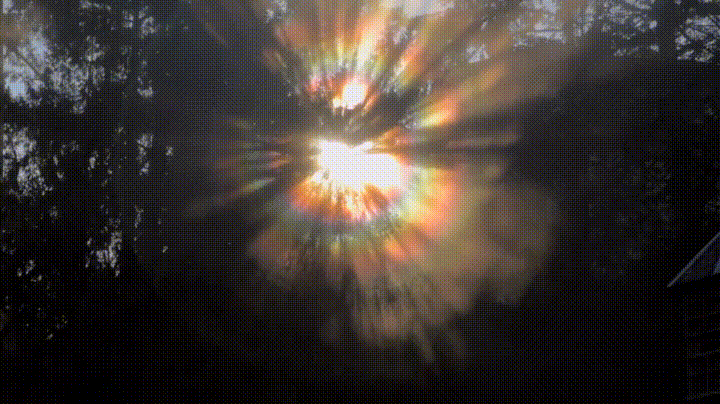





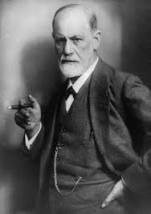
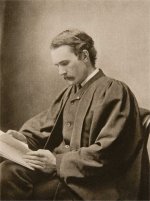
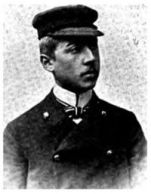
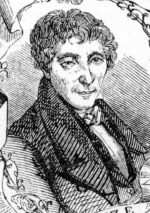
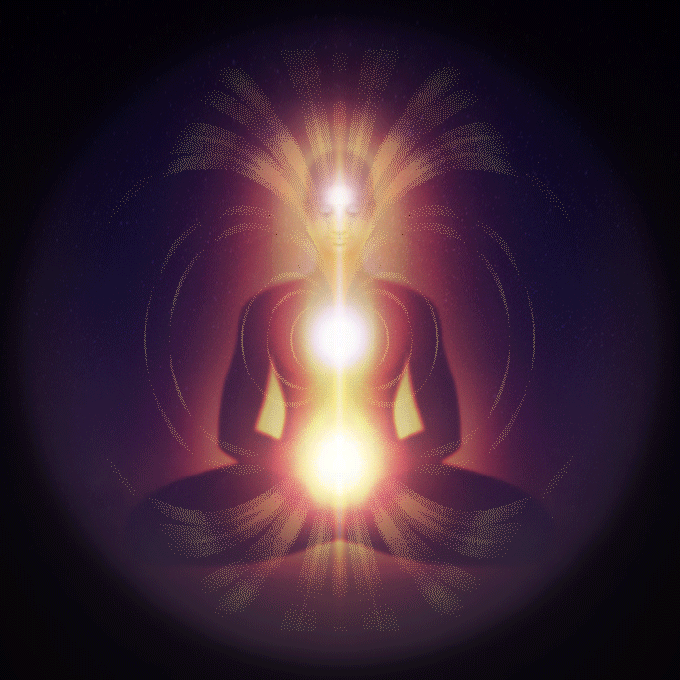
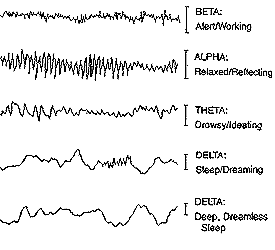
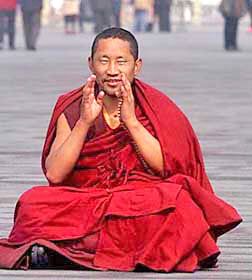
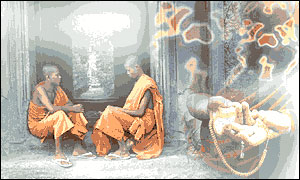
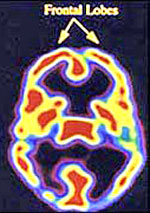
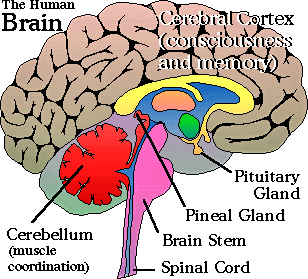
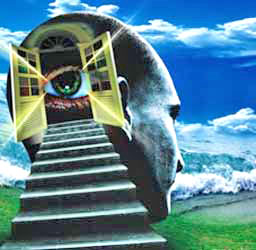
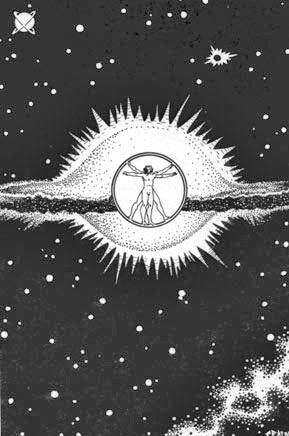
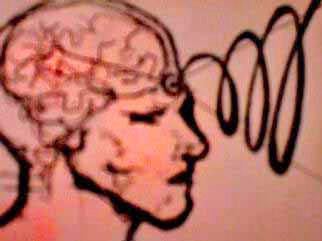
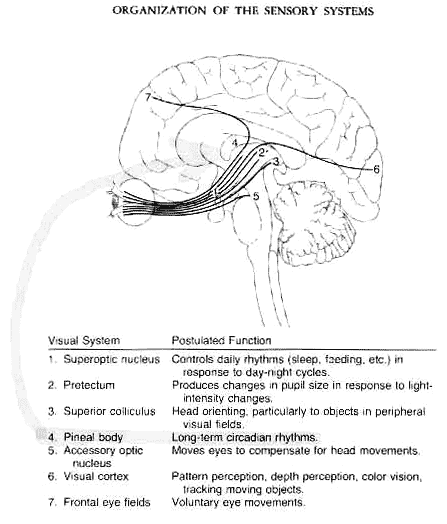
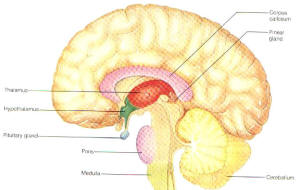
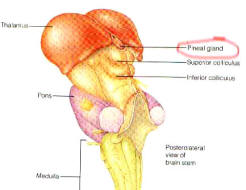
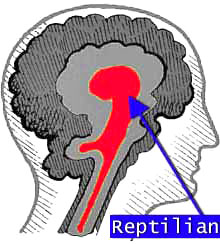
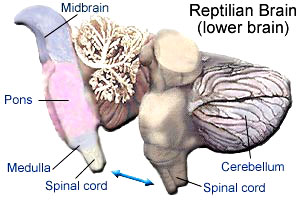
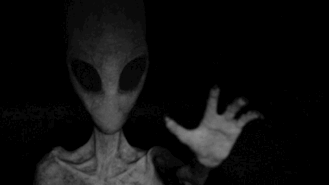















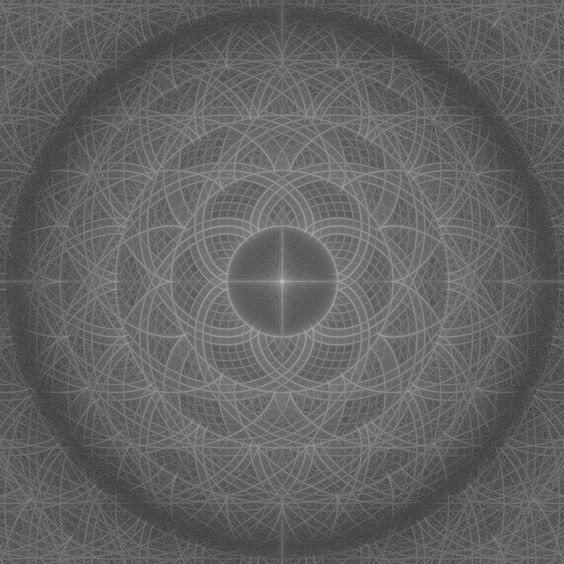
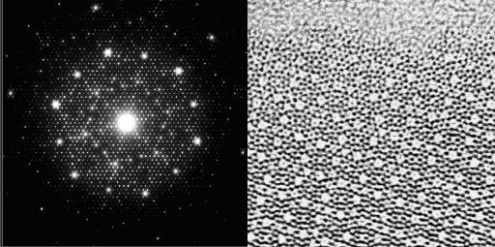
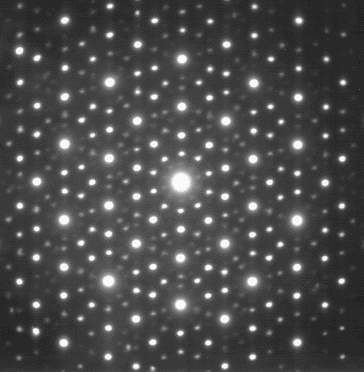
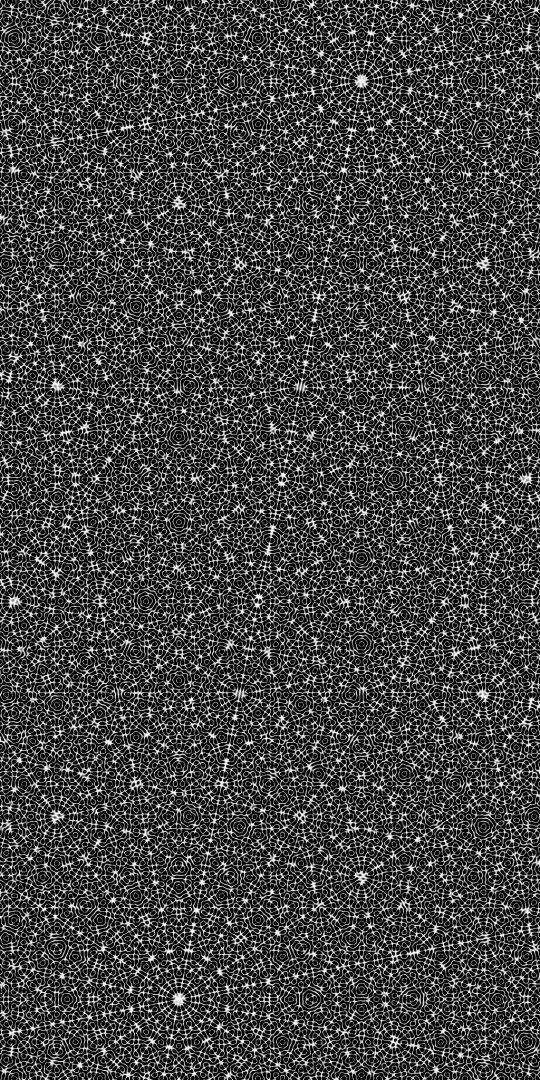
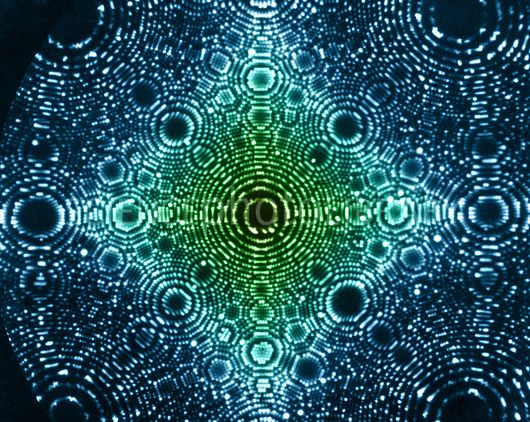
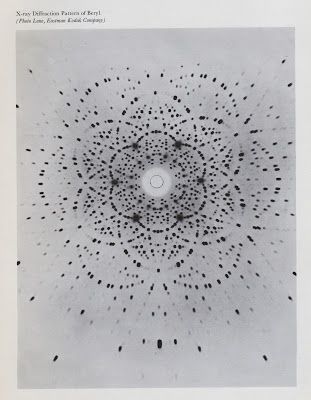
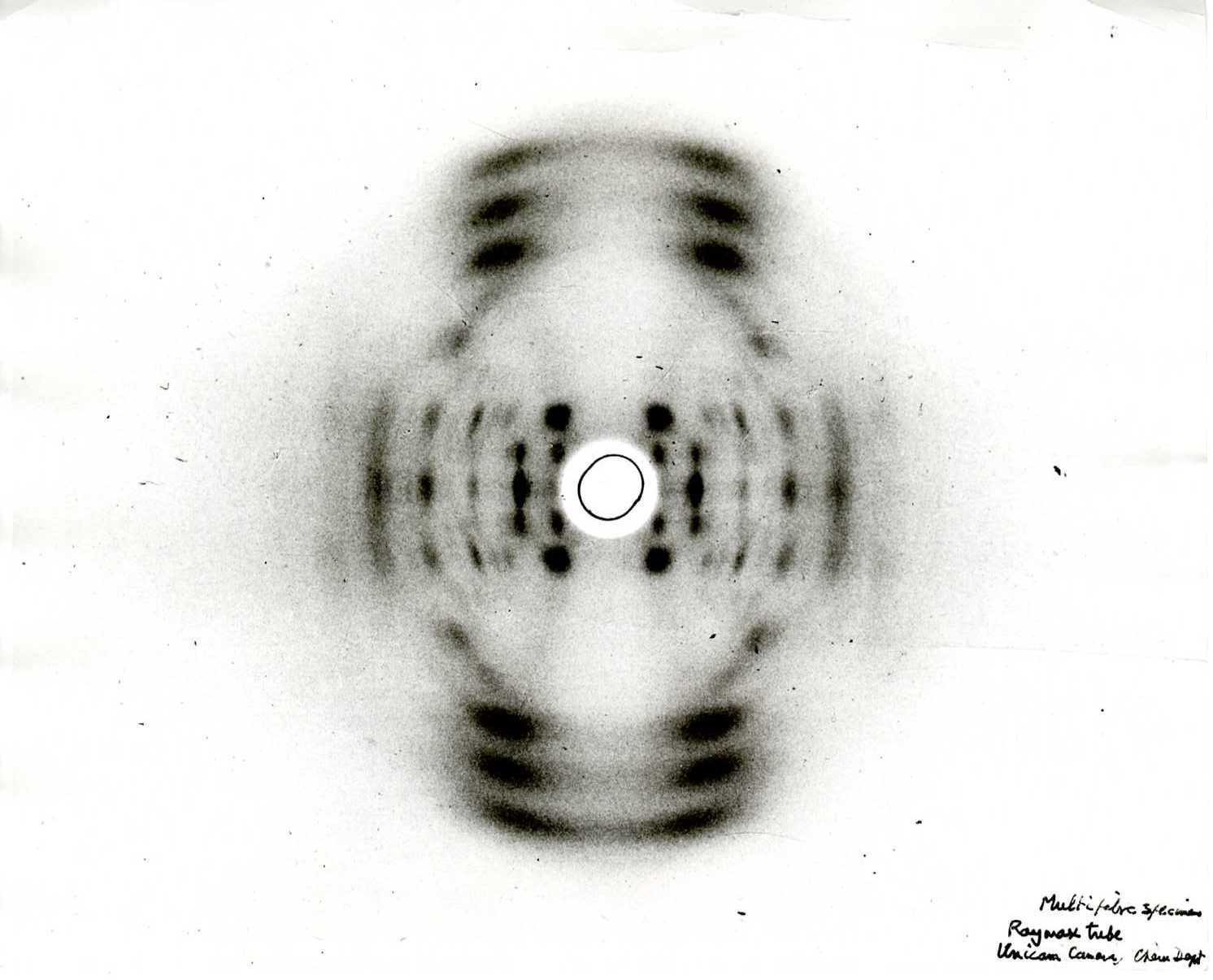
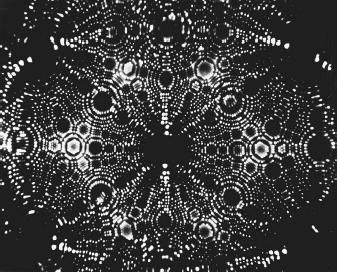
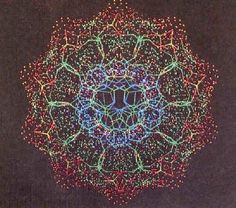


![HaliteLaue[001]bs.png](/proxy.php?image=http%3A%2F%2Fwww.crystal0studio.com%2Fgallery%2FHaliteLaue%5B001%5Dbs.png&hash=16eeb7ff90b6d1cfce99e50cab2528ab)
